|
Your search criteria found 1300 images Gallery: Universe |
| My List |
Addition Date |
Target
|
Mission | Instrument | Size |

|
2022-10-12 | Star |
James Webb Space Telescope |
Mid-Infrared Instrument (MIRI) |
2258x1558x3 |
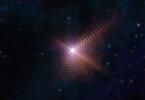
|
|||||

|
2021-03-09 | Sky | 1200x1707x3 | ||

|
|||||

|
2004-03-15 | Sedna |
Samuel Oschin Telescope |
640x480x5 | |
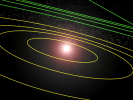
|
|
||||

|
2004-03-15 | Sedna |
Samuel Oschin Telescope |
2000x1500x3 | |
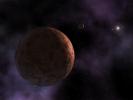
|
|||||

|
2004-03-15 | Sedna |
Samuel Oschin Telescope |
3000x2400x3 | |
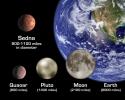
|
|||||

|
2004-03-15 | Sedna |
Samuel Oschin Telescope |
2480x900x3 | |
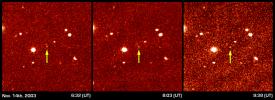
|
|||||

|
2004-03-15 | Sedna |
Samuel Oschin Telescope |
2499x2499x3 | |
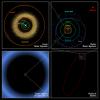
|
|||||

|
1999-12-02 | Rotten Egg Nebula |
Hubble Space Telescope |
WFPC2 |
843x794x3 |
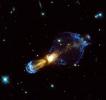
|
|||||

|
2007-04-18 | Rosette Nebula |
Spitzer Space Telescope |
3300x2400x3 | |
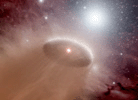
|
|||||

|
2007-04-18 | Rosette Nebula |
Spitzer Space Telescope |
IRAC |
1669x1439x3 |
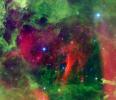
|
|||||

|
2007-04-18 | Rosette Nebula |
Spitzer Space Telescope |
IRAC |
639x479x3 |
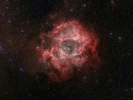
|
|||||

|
2013-03-05 | Rosette Nebula |
Herschel Space Observatory |
PACS SPIRE |
4207x3822x3 |
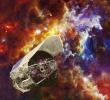
|
|||||

|
2005-02-11 | Ring Nebula |
Spitzer Space Telescope |
IRAC |
2104x1726x3 |
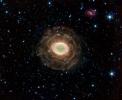
|
|||||

|
2008-02-11 | Rho Ophiuchi |
Spitzer Space Telescope |
IRAC Multiband Imaging Photometer (MIPS) |
6020x2905x3 |
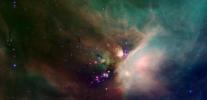
|
|||||

|
2008-02-11 | Rho Ophiuchi |
Spitzer Space Telescope |
IRAC |
6020x2905x3 |
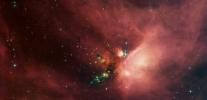
|
|||||

|
2005-04-18 | RCW 79 |
Spitzer Space Telescope |
IRAC |
2440x2440x3 |
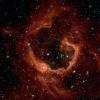
|
|||||

|
2004-05-27 | RCW 49 Nebula |
Spitzer Space Telescope |
IRAC |
1520x1520x3 |
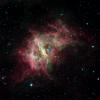
|
|||||

|
2006-02-08 | R 66 |
Spitzer Space Telescope |
Infrared Spectrometer (IRS) |
5140x2400x3 |
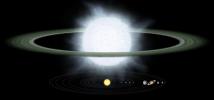
|
|||||

|
1999-12-01 | Protostellar Disk L1157 |
Owens Valley Millimeter Array |
787x1019x3 | |

|
|||||

|
2006-09-06 | Pleiades |
Cassini-Huygens |
ISS - Wide Angle |
687x559x1 |
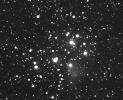
|
|||||

|
2007-04-16 | Pleiades |
Spitzer Space Telescope |
IRAC |
2855x2855x3 |
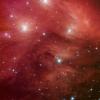
|
|||||

|
2007-04-16 | Pleiades |
Spitzer Space Telescope |
IRAC Multiband Imaging Photometer (MIPS) |
2855x2855x3 |
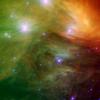
|
|||||

|
2009-04-30 | Pleiades |
Cassini-Huygens |
ISS - Wide Angle |
1014x1014x1 |
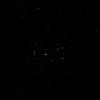
|
|||||

|
2011-12-23 | Pleiades |
MESSENGER |
MDIS - Narrow Angle |
508x512x1 |

|
|||||

|
2005-11-15 | Perseus |
Spitzer Space Telescope |
IRAC |
1291x1663x3 |

|
|||||

|
2008-09-18 | Perseus |
Spitzer Space Telescope |
IRAC |
1760x1160x3 |
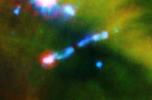
|
|||||

|
2010-04-16 | Perseus |
Wide-field Infrared Survey Explorer (WISE) |
WISE Telescope |
4090x4090x3 |
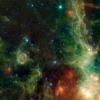
|
|||||

|
2010-04-26 | Perseus |
Planck |
Planck LFI-HFI |
1000x1000x3 |
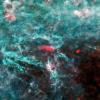
|
|||||

|
2010-05-07 | Perseus |
Wide-field Infrared Survey Explorer (WISE) |
WISE Telescope |
4095x4095x3 |
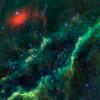
|
|||||

|
2023-12-05 | Pan |
Psyche |
2967x1225x1 | |

|
|||||

|
2005-02-08 | OTS 44 |
Spitzer Space Telescope |
3000x2400x3 | |
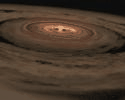
|
|||||

|
2005-02-08 | OTS 44 |
Spitzer Space Telescope |
2580x2010x3 | |
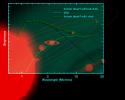
|
|||||

|
2005-02-08 | OTS 44 |
Spitzer Space Telescope |
IRAC |
2580x2010x3 |
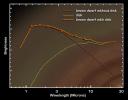
|
|||||

|
1999-12-02 | Orion Nebula |
Hubble Space Telescope |
WFPC2 |
1074x895x3 |
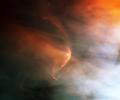
|
|||||

|
2022-11-22 | Orion Nebula |
Herschel Space Observatory Spitzer Space Telescope Wide-field Infrared Survey Explorer (WISE) |
Herschel Telescope Spitzer Space Telescope WISE Telescope |
9036x7646x3 |
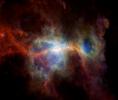
|
|||||

|
2006-08-15 | Orion |
Spitzer Space Telescope |
IRAC |
3220x6000x3 |

|
|||||

|
2006-08-15 | Orion |
Spitzer Space Telescope |
IRAC |
2240x2086x3 |
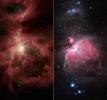
|
|||||

|
2006-08-15 | Orion |
Spitzer Space Telescope |
IRAC |
19937x6972x3 |
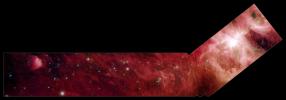
|
|||||

|
2006-08-15 | Orion |
Spitzer Space Telescope |
IRAC |
3000x1800x3 |
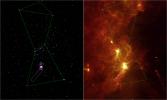
|
|||||

|
2013-02-05 | Orion |
Wide-field Infrared Survey Explorer (WISE) |
WISE Telescope |
5401x5400x3 |
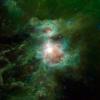
|
|||||

|
2016-10-12 | Orion |
Herschel Space Observatory |
PACS SPIRE HIFI |
5200x7400x3 |

|
|||||

|
2008-04-10 | Omega Centauri |
Spitzer Space Telescope |
IRAC Multiband Imaging Photometer (MIPS) |
1400x1400x3 |
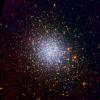
|
|||||

|
2016-11-10 | OGLE-2015-BLG-1319 |
Spitzer Space Telescope SWIFT |
4800x2700x3 | |
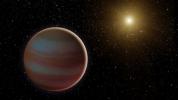
|
|||||

|
2005-05-05 | NGS 1097 |
Galaxy Evolution Explorer (GALEX) |
GALEX Telescope |
656x656x3 |
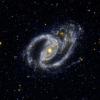
|
|||||

|
2014-06-12 | NGC 7538 |
Herschel Space Observatory |
PACS SPIRE |
2305x1540x3 |
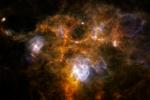
|
|||||

|
2004-06-28 | NGC 7331 |
Spitzer Space Telescope |
IRAC |
1239x805x3 |
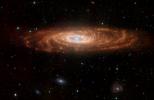
|
|||||

|
2017-01-24 | NGC 7331 |
Chandra X-ray Observatory SDSS |
Chandra X-ray Telescope |
864x864x3 |

|
|||||

|
2017-01-24 | NGC 7331 |
Chandra X-ray Observatory |
Chandra X-ray Telescope |
1800x1800x3 |
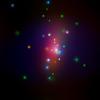
|
|||||

|
2009-04-16 | NGC 6791 |
Kepler |
Photometer |
5876x5876x3 |
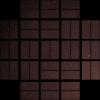
|
|||||

|
2009-04-16 | NGC 6791 |
Kepler |
Photometer |
2400x1800x3 |
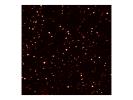
|
|||||

|
2009-04-16 | NGC 6791 |
Kepler |
Photometer |
2400x1800x3 |
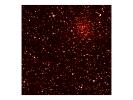
|
|||||

|
2010-08-26 | NGC 6791 |
Kepler |
3000x2400x3 | |
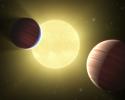
|
|||||

|
2009-03-12 | NGC 6543 |
Spitzer Space Telescope |
IRAC |
1700x1700x3 |
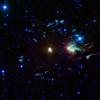
|
|||||

|
2009-03-16 | NGC 6240 |
Spitzer Space Telescope |
IRAC |
3921x3805x3 |
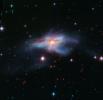
|
|||||

|
2008-10-06 | NGC 6193 |
Chandra X-ray Observatory Spitzer Space Telescope |
Chandra X-ray Telescope IRAC |
3300x3135x3 |
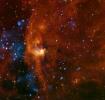
|
|||||

|
2005-05-05 | NGC 5128 |
Galaxy Evolution Explorer (GALEX) |
GALEX Telescope |
1279x1279x3 |
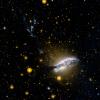
|
|||||

|
2017-10-16 | NGC 4993 |
Spitzer Space Telescope |
IRAC |
2048x718x3 |
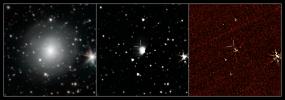
|
|||||

|
2005-07-25 | NGC 4625 |
Galaxy Evolution Explorer (GALEX) |
Ultraviolet/Visible Camera |
872x872x3 |
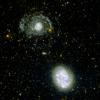
|
|||||

|
2005-07-25 | NGC 4625 |
Galaxy Evolution Explorer (GALEX) |
Ultraviolet/Visible Camera |
872x872x3 |
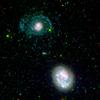
|
|||||

|
2005-07-25 | NGC 4625 |
Galaxy Evolution Explorer (GALEX) |
Ultraviolet/Visible Camera |
872x872x3 |
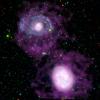
|
|||||

|
2007-12-18 | NGC 4258 |
Spitzer Space Telescope |
IRAC |
3000x2501x3 |
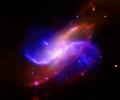
|
|||||

|
2008-01-10 | NGC 3621 |
Spitzer Space Telescope |
Infrared Spectrograph (IRS) |
3000x2400x3 |
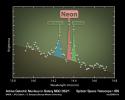
|
|||||

|
2007-06-20 | NGC 362 |
Galaxy Evolution Explorer (GALEX) |
Far-ultraviolet Detector Near-ultraviolet Detector |
2250x2550x3 |

|
|||||

|
2008-10-08 | NGC 346 |
Spitzer Space Telescope |
IRAC |
1560x1560x3 |
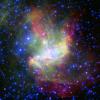
|
|||||

|
2005-05-05 | NGC 335 |
Galaxy Evolution Explorer (GALEX) |
GALEX Telescope |
1216x608x3 |
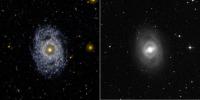
|
|||||

|
2005-05-05 | NGC 3344 |
Galaxy Evolution Explorer (GALEX) |
GALEX Telescope |
664x664x3 |
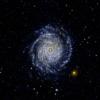
|
|||||

|
2009-04-03 | NGC 3242 |
Galaxy Evolution Explorer (GALEX) |
Ultraviolet/Visible Camera |
2240x2240x3 |
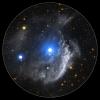
|
|||||

|
2005-05-05 | NGC 3190 |
Galaxy Evolution Explorer (GALEX) |
GALEX Telescope |
936x936x3 |
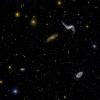
|
|||||

|
2005-04-11 | NGC 300 |
Galaxy Evolution Explorer (GALEX) |
Ultraviolet/Visible Camera |
1273x967x3 |
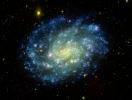
|
|||||

|
2011-09-28 | NGC 281 |
Chandra X-ray Observatory Spitzer Space Telescope |
Chandra X-ray Telescope IRAC |
3600x2719x3 |
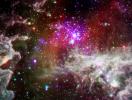
|
|||||

|
2004-08-09 | NGC 246 |
Spitzer Space Telescope |
IRAC |
1018x1018x3 |
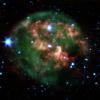
|
|||||

|
2005-05-05 | NGC 1851 |
Galaxy Evolution Explorer (GALEX) |
GALEX Telescope |
1008x1008x3 |
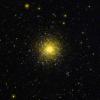
|
|||||

|
2017-01-07 | NGC 1448 |
Chandra X-ray Observatory NuSTAR |
1750x1750x3 | |

|
|||||

|
2005-05-05 | NGC 1365 |
Galaxy Evolution Explorer (GALEX) |
GALEX Telescope |
664x664x3 |
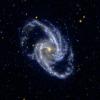
|
|||||

|
2007-08-29 | NGC 1333 |
Spitzer Space Telescope |
Infrared Spectrograph (IRS) |
3000x2400x3 |
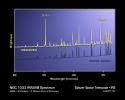
|
|||||

|
2007-08-29 | NGC 1333 |
Spitzer Space Telescope |
IRAC |
3000x2400x3 |
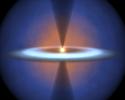
|
|||||

|
2007-08-29 | NGC 1333 |
Spitzer Space Telescope |
3200x2400x3 | |
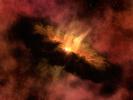
|
|||||

|
2005-05-05 | NGC 1291 |
Galaxy Evolution Explorer (GALEX) |
GALEX Telescope |
1412x706x3 |
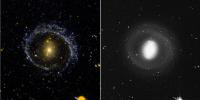
|
|||||

|
2009-07-23 | NGC 1097 |
Spitzer Space Telescope |
IRAC |
2056x2056x3 |
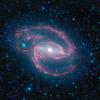
|
|||||

|
1999-12-03 | N44C nebula |
Hubble Space Telescope |
WFPC2 |
1460x1502x3 |

|
|||||

|
2007-06-13 | N132D |
Spitzer Space Telescope |
Chandra X-ray Telescope Infrared Array Camera (IRAC) Multiband Imaging Photometer (MIPS) |
1806x1200x3 |
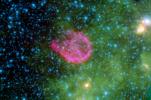
|
|||||

|
1999-12-01 | mysterious object |
Hubble Space Telescope |
WFPC2 |
3000x2400x3 |
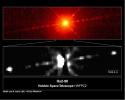
|
|||||

|
2007-08-15 | Mira |
Galaxy Evolution Explorer (GALEX) |
Ultraviolet/Visible Camera |
6000x1500x3 |

|
|||||

|
2007-08-15 | Mira |
Galaxy Evolution Explorer (GALEX) |
Ultraviolet/Visible Camera |
1569x800x3 |
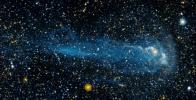
|
|||||

|
2007-08-15 | Mira |
Galaxy Evolution Explorer (GALEX) |
Ultraviolet/Visible Camera |
717x478x3 |
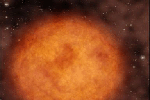
|
|||||

|
2007-08-15 | Mira |
Galaxy Evolution Explorer (GALEX) |
Ultraviolet/Visible Camera |
1569x1600x3 |

|
|||||

|
2005-12-13 | Milky Way |
Spitzer Space Telescope |
IRAC |
27000x6000x3 |

|
|||||

|
2006-01-10 | Milky Way |
Spitzer Space Telescope |
IRAC |
7002x5050x3 |
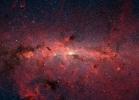
|
|||||

|
2006-01-10 | Milky Way |
Spitzer Space Telescope |
IRAC |
7002x5050x3 |
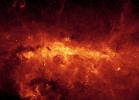
|
|||||

|
2008-06-03 | Milky Way |
Spitzer Space Telescope |
5600x5600x3 | |
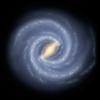
|
|||||

|
2008-06-03 | Milky Way |
Spitzer Space Telescope |
IRAC |
14400x10800x3 |
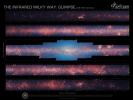
|
|||||

|
2008-06-03 | Milky Way |
Spitzer Space Telescope |
IRAC MIPS |
14400x10800x3 |
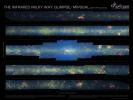
|
|||||

|
2009-06-10 | Milky Way |
Spitzer Space Telescope |
IRAC |
2934x2052x3 |
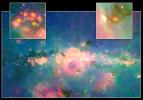
|
|||||

|
2015-02-05 | Milky Way |
Planck |
13206x6853x3 | |
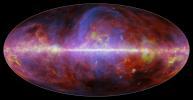
|
|||||

|
2015-02-05 | Milky Way |
Planck |
6000x6000x3 | |
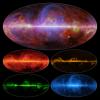
|
|||||

|
2015-02-05 | Milky Way |
Planck |
13206x6853x3 | |
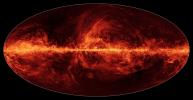
|
|||||

|
2015-06-03 | Milky Way |
Wide-field Infrared Survey Explorer (WISE) |
1308x1308x3 | |
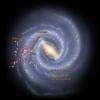
|
|||||

|
2021-04-21 | Milky Way | 3840x2160x3 | ||
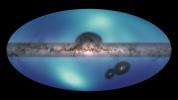
|
|||||

|
2019-04-25 | Messier 87 |
Spitzer Space Telescope |
Spitzer Space Telescope |
3226x1814x3 |
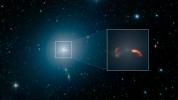
|
|||||

|
2008-04-16 | Messier 83 |
Galaxy Evolution Explorer (GALEX) |
GALEX Telescope Very Large Array (VLA) |
2852x2852x3 |
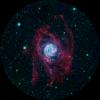
|
|||||

|
 |
 |
 |
 |
 |
 |
 |
 |
 |
 |

|
| 1-100 | 101-200 | 201-300 | 301-400 | 401-500 | 501-600 | 601-700 | 701-800 | 801-900 | 901-1000 |
| Currently displaying images: 201 - 300 of 1300 |